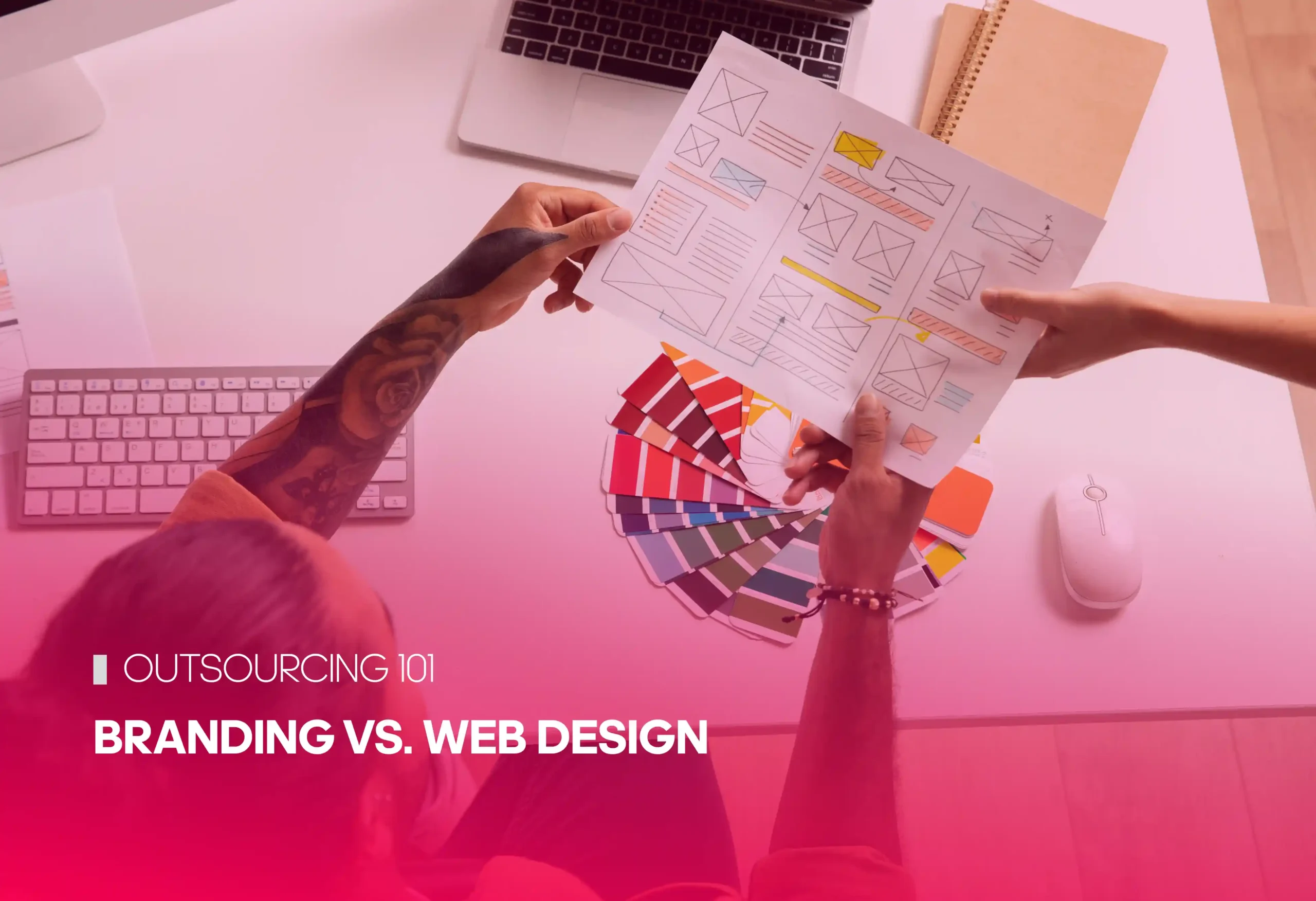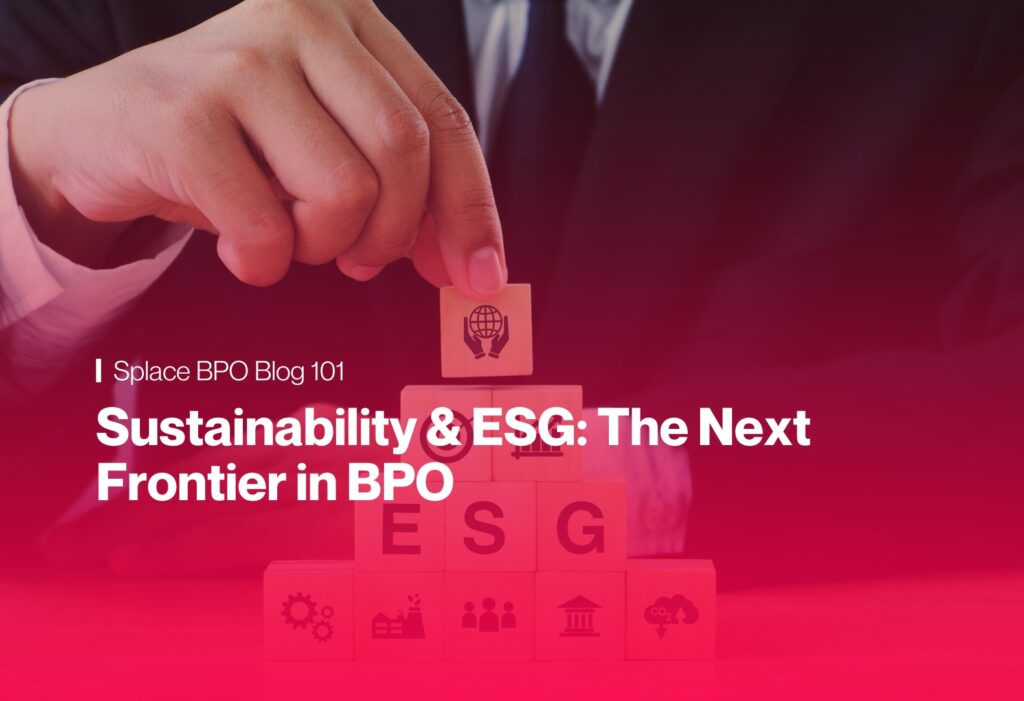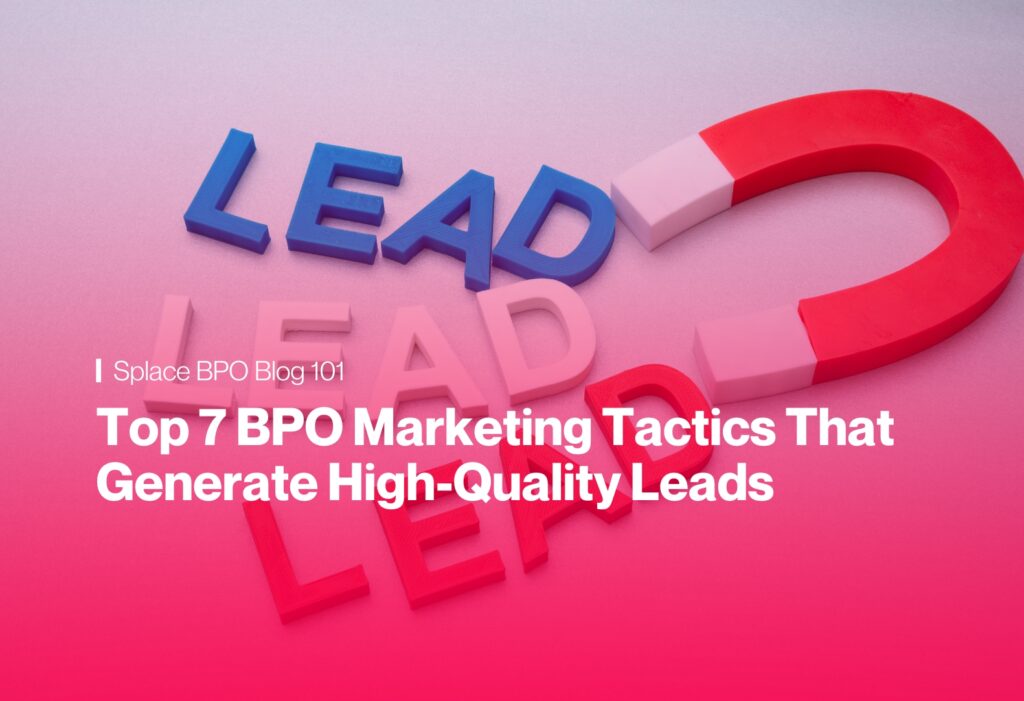Professionals looking to establish a strong online presence have to know the differences between branding and web design. Even though they are frequently combined, branding and web design play different roles in influencing how a company's audience views and interacts with it.
Branding encapsulates the essence of a company's identity. Differentiating a company from its competitors is achieved by the strategic process of developing and expressing its fundamental beliefs, mission, and unique features. This is creating a coherent story using messaging, experiences, and visual components that emotionally connect with the target audience. Creating a recognizable and enduring first impression that encourages trust and loyalty is the goal of branding.
On the other hand, web design is the technical and creative practice of constructing a functional and aesthetically pleasing digital interface. It focuses on the user experience (UX) and user interface (UI) design, making sure that a website is not only visually appealing but also natural and accessible. Web design encompasses layout, typography, color schemes, and interactive elements, all of which must align with the brand's identity while delivering an efficient and enjoyable user journey.
The Essence of Branding
Let’s kick things off with branding. Think of branding as the personality of your business. It’s the way your company presents itself to the world and how it’s perceived by customers. But what exactly does that entail?
Logo and Visual Identity
Basically, branding consists of your company's logo, color scheme, typography, and any other visual elements that help customers recognize your business. Together, these elements provide a visual identity that is unified throughout all of your marketing material and content. A well-crafted logo acts as the public face of your business, and a consistent color scheme and font style establish the mood and aesthetic of all your visual communications, making it easy for customers to recognize your brand in any setting.
Voice and Tone
Branding isn’t just visual. It also involves the way you communicate with your audience. Your brand’s voice should be consistent across all platforms, from social media posts to email newsletters. This consistency in voice helps to build a strong and reliable brand image, making sure that your audience knows what to expect from every interaction with your business, whether they're reading a blog post, watching a video, or receiving a customer service response.
Values and Mission
What does your company stand for? Your brand should reflect your core values and mission. This creates a deeper connection with your audience and helps build trust. When your company's operations are consistent with your values, it demonstrates your sincerity and credibility, which can encourage client advocacy and loyalty. Having a clear mission statement gives you a sense of direction, informs your audience of your goals, and guides your business actions.

Customer Experience
The way your clients feel about your company is another element of branding. This covers everything, from customer support to your website's general user experience. Each interaction matters to how people perceive your brand overall, be it a great online purchasing experience, a friendly and helpful customer service encounter, or a well-thought-out physical location. Making a good customer experience a top priority can boost client satisfaction and encourage repeat business and word-of-mouth recommendations.
What About Web Design?
While branding is about who you are, web design is about how you present yourself online. It’s the process of creating the look and feel of your website, ensuring it’s both aesthetically pleasing and functional.
Layout and Structure
Web design involves the arrangement of elements on your website. This includes headers, footers, menus, and the overall structure that makes your site easy to navigate. A well-organized layout guides visitors spontaneously, helping them find the information they need quickly and efficiently. Thoughtful placement of elements like call-to-action buttons, navigation bars, and content blocks ensures a logical flow that enhances the user experience.
Visual Elements
Similar to branding, visual components like graphics, videos, and photos are a part of web design. For an overall experience, these components have to match the visual identity of your brand. Better than words alone, high-quality images can grab viewers' attention and effectively communicate ideas. Your website can become more interactive and appealing by incorporating a variety of media, such as galleries, animations, and infographics. This will capture visitors' curiosity and persuade them to explore further.
User Experience (UX)
A good web design prioritizes the user experience. This means making sure your website is easy to use, loads quickly, and is accessible on all devices, including smartphones and tablets. UX design focuses on understanding the needs and behaviors of your users, ensuring that every interaction they have with your site is uninterrupted. Features like clear navigation paths, responsive design, and fast loading times contribute to a positive user experience, which can reduce bounce rates and increase the time visitors spend on your site.
Functionality
Web design is more than just aesthetics. It also entails making certain that your website's technical features function flawlessly. This covers whatever additional functionality your website requires, as well as interactive elements like forms and e-commerce tools. Features like secure payment gateways, user-friendly forms, and efficient search functions should all work properly on a well-designed website. Maintaining and updating your website on a regular basis is very important for keeping it operating easily, resolving any problems that may occur, and providing your users with an enjoyable experience.
Key Differences Between Branding and Web Design
Scope
Branding encompasses everything about your business’s identity and how it’s perceived. This includes the visual elements, the tone of communication, the company’s values, and the overall mission. It is the holistic image and reputation of your business in the minds of consumers.
Web design is specifically about your online presence and the user experience on your website. It focuses on the digital interface and interaction, ensuring that your website effectively represents your brand while providing a user-friendly and engaging experience.
Focus
Branding focuses on creating a cohesive image and message across all platforms. This means maintaining a uniform appearance and tone in every aspect of communication, from advertisements and social media posts to packaging and customer service interactions.
Web design focuses on creating a visually appealing and functional website. It’s about the look, feel, and usability of your site, ensuring that visitors can easily navigate, find information, and perform desired actions, such as making a purchase or signing up for a newsletter.
Components
Branding includes your logo, color palette, typography, voice, and values. These elements form the foundation of your brand’s identity and help to differentiate your business from competitors. They contribute to the overall personality and ethos of your brand.
Web design includes layout, structure, visual elements, and functionality. It involves the arrangement of content, the design of interactive elements, and the incorporation of multimedia such as images, videos, and graphics. Effective web design ensures that all these elements work together to provide a smooth and enjoyable user experience.
Purpose
The purpose of branding is to build recognition and trust with your audience. A strong brand helps to establish an emotional connection with customers, encouraging loyalty and fostering long-term relationships. It creates a sense of familiarity and reliability, making your business memorable.
The purpose of web design is to provide a seamless and enjoyable online experience for your users. Good web design makes it easy for visitors to find what they need, understand your offerings, and engage with your business. It aims to reduce friction and enhance the overall satisfaction of users interacting with your site.
How Branding and Web Design Work Together
While they are different, branding and web design are like peanut butter and jelly, they’re better together. A well-designed website can amplify your branding efforts, and a strong brand can guide your web design choices. Here’s how they complement each other:
Consistency
A potential customer's initial engagement with your brand is frequently through your website. Building trust and building your brand are made easier with a consistent visual style and voice throughout your website. To have a consistent and identifiable appearance, use the same fonts, colors, and graphic styles as in your other marketing materials. Maintaining consistency in both design and messaging enhances brand recall and projects a feeling of quality and professionalism.
Recognition
A well-branded website makes it easier for visitors to recognize and remember your business. This is also important for building a loyal customer base. When your website reflects your brand’s unique visual and textual elements, it becomes instantly recognizable to repeat visitors, helping to reinforce brand recall. Consistent branding across your website and other platforms helps in creating a strong visual memory for your audience, making it easier for them to identify and choose your brand over competitors.
User Trust
Your trustworthiness can be increased with a professional, well-designed website that reflects your consistent brand. Customers are more likely to interact and trust a website that has a professional, coordinated appearance. Building this trust requires a smooth transition of your brand's personality into your website's design components, which include organized content, polished visuals, and clean layouts. A website that looks and feels like an extension of your brand's values and quality standards reassures visitors of your business’s legitimacy and reliability.
Guided Design Choices
Your brand guidelines can inform many of your web design decisions. For example, your brand’s color palette will dictate your site’s color scheme, and your brand’s voice will influence the tone of your website copy. This ensures that every aspect of your site, from the visual layout to the written content, aligns with your overall brand identity. By adhering to these guidelines, web designers can create a site that not only looks great but also feels cohesive and true to your brand, providing a seamless experience for users that aligns with their expectations and enhances brand loyalty.
Wrapping It Up
While branding and web design are distinct elements of your marketing strategy, they’re closely intertwined. Branding is about who you are, and web design is about how you present yourself online. When done right, they work together to create a powerful, cohesive presence that resonates with your audience and drives success.
Remember, whether you’re just starting or looking to refresh your online presence, keeping your branding and web design in harmony is key to standing out in today’s competitive digital landscape. A consistent and well-thought-out brand identity, reflected through a visually appealing and user-friendly website, can make a significant difference in how your business is perceived and how effectively you connect with your audience.
By aligning your branding and web design, you ensure that every interaction a potential customer has with your business, whether it’s through social media, your website, or any other platform, is consistent and reinforces your brand’s message and values. This consistency not only builds trust and recognition but also enhances user experience, encouraging engagement and loyalty.
So go ahead, and give your brand the online home it deserves. Invest in thoughtful branding and web design to create a seamless and engaging experience for your users. By doing so, you’ll set the foundation for a thriving business that stands out and succeeds in the digital age.
About SPLACE
SPLACE is a dynamic and innovative business process outsourcing company that offers a wide range of outsourcing services to businesses worldwide. With a focus on delivering high-quality solutions, virtual assistance, IT solutions, and exceptional customer service, SPLACE has established the company as a trusted outsourcing and call center service provider to companies across various industries.
SPLACE comprises experienced professionals who deliver customized and cost-effective solutions to meet every client's business needs. The company believes in the power of technology and innovation to drive growth and success, and its main focus is helping clients succeed in an ever-changing business landscape.
Clients looking for support in data management, customer service, virtual assistance, technical support, or any other outsourcing need can seek help from the SPLACE BPO firm.
If you are interested in Splace’s Business Process Outsourcing Solutions,
Email: ceo@splacebpo.com or call us at
US: +1 929 377 1049 CA: +1 778 653 5218 UK: +61 483 925 479 AU: +61 483 925 479 NZ: +64 9 801 1818
NL: +31 20 532 2142










